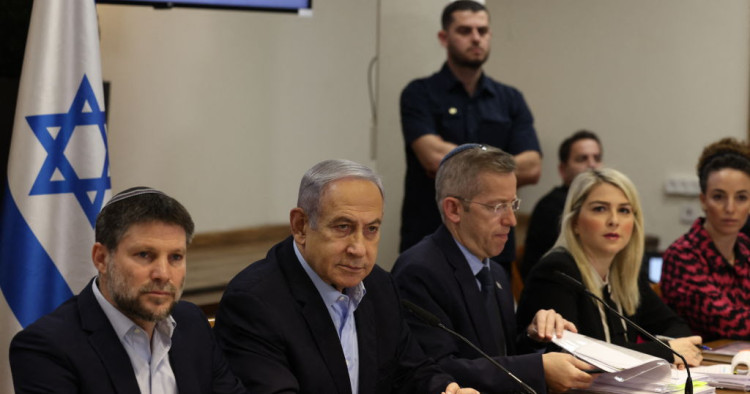More than 300 days after the Hamas terror attack of October 7th, Israel is stuck in a war that the majority of its society wants to see end, with a governing coalition that most of its population wants to see changed. Just a couple of weeks after US officials stated that we are “closer now than we’ve been before” to an Israel-Hamas ceasefire in Gaza, Israel finds itself instead as close as it has ever been to a war with the Iran-led axis.
The trauma of October 7th continues to live on for Israelis, as time goes by without progress towards a more peaceful reality. Hamas still holds 115 hostages; tens of thousands of Israelis are displaced from their homes in the north and south; the fighting in Gaza continues, albeit with lesser intensity but still causing fatalities on both sides; escalation with Iran and Hezbollah seems inevitable, and is impacting daily life; international airlines cancel flights and cut Israelis from the world in the peak of their holiday season; and domestic divisions are on the rise due to Israeli Prime Minister Benjamin Netanyahu’s far-right coalition and the back-wind it provides extremists with.
Photo by RONEN ZVULUN/POOL/AFP via Getty Images
The Middle East Institute (MEI) is an independent, non-partisan, non-for-profit, educational organization. It does not engage in advocacy and its scholars’ opinions are their own. MEI welcomes financial donations, but retains sole editorial control over its work and its publications reflect only the authors’ views. For a listing of MEI donors, please click here.













